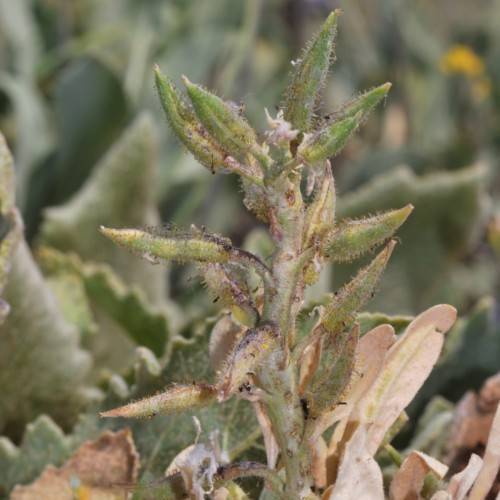
Frankton's Saltbush
Atriplex glabriuscula var. franktonii
Watering:
Minimal
Hardiness Zone:
Sun:
full sun,part shade
Fruits:
Fruits Ready In
Leaf:
Yes
Growth Rate:
Low
Drought Tolerant:
Yes
Salt Tolerant:
Yes
Care Level:
Low
watering
Watering for Glabrous Saltbush should be done sparingly. This species is drought-tolerant, so it should only be watered once or twice a month during the summer months. During the cooler months, watering should be reduced to once every 6-8 weeks. When the plant is young, water it more often when the top inch or 2 of soil is dry. Once established, it should only need supplemental water during prolonged dry spells. During its active growth period, a deep soak every 2 weeks is recommend to promote deep, healthy root growth. Avoid overwatering as it can cause root rot and fungal problems.
sunlight
Glabrous Saltbush (Atriplex glabriuscula var. glabriuscula) prefers full sun, or at least 6 hours of direct sunlight each day during the growing season. Even when dormant, it should still receive some sunlight, ideally 4 to 5 hours with a minimum of 2 hours in the winter months. In areas where this plant is planted, it should be in an exposed location with no shade.
pruning
Glabrous Saltbush (Atriplex glabriuscula var. glabriuscula) should be pruned twice a year, in late-spring and again in late-summer. Pruning in late-spring should involve pruning back up to 1-third of the plant while pruning in late-summer should involve trimming back only the dead, weak, and damaged branches and stems. Pruning should always involve removing entire branches or stems at their base rather than shearing. This helps to promote a naturally shaped form and to encourage dense foliage.
